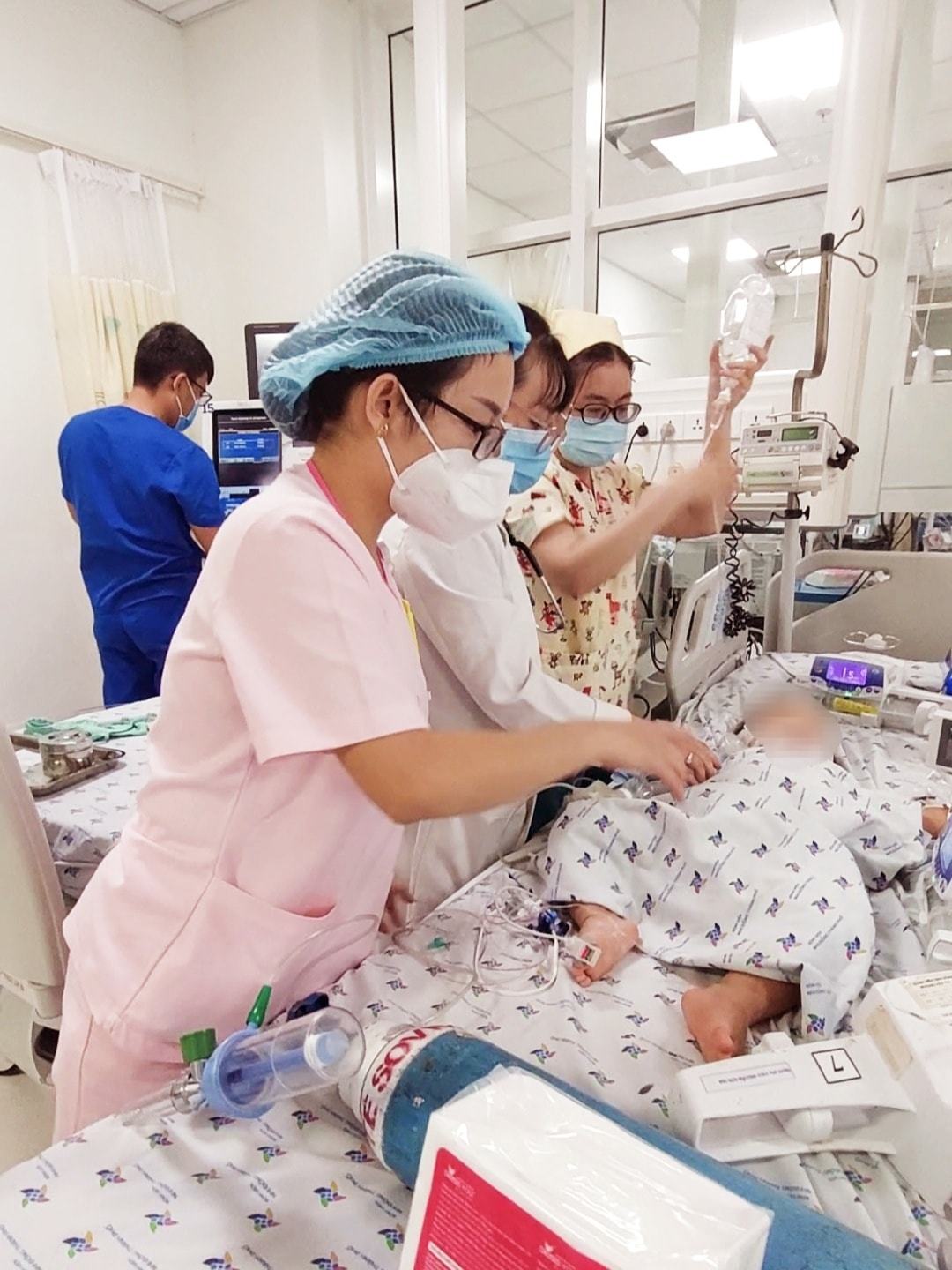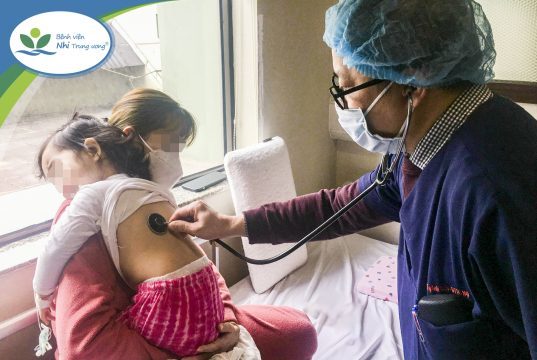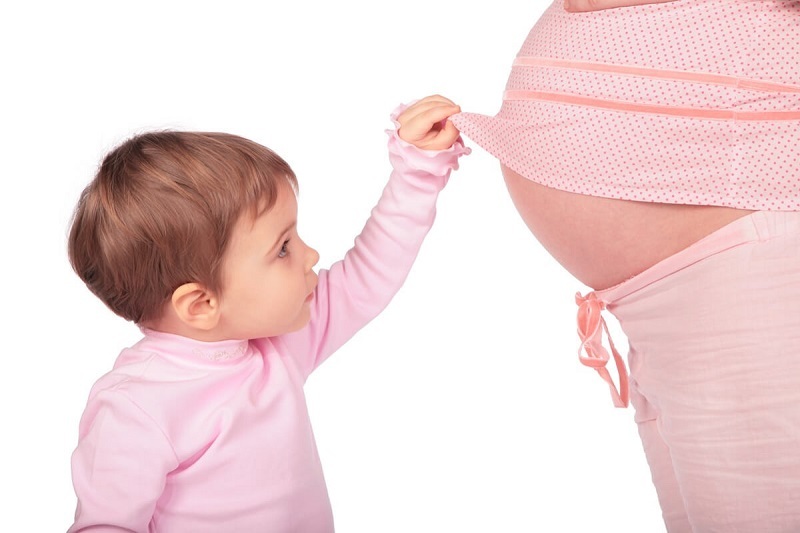1-year-old baby in critical condition due to drowning: Pediatrician shares the right first aid method
09/05/2022 15:04 GMT+7
According to Dr. Nguyen Cat Phuong Vu – Department of Intensive Care, Children’s Hospital of Ho Chi Minh City, the doctors of this hospital have just given first aid to a drowning baby.
The baby has just come out of the cradle, when he was admitted to the hospital, he was pushed in from the ambulance and pushed in, and was intubated from the district level. All the doctors and nurses with nearly 10 people focused on the baby to press the heart, use all their strength, run back and forth to continuously prepare medical equipment and emergency medicine for continuous cardiovascular relief…
According to the family, about 3 hours ago, the mother took a bath. When I ran out, I didn’t see her, I looked around the house for about 10 minutes before I found her floating in the pond next to the house. Hastily picked it up, the family members shocked the baby to spit out a few sips of water and turn pale. The man stiffened. At that time, the family quickly took it to the district hospital and then transferred to the city’s Children’s Hospital.
 |
| The child is being treated at the City Children’s Hospital. |
Currently, after 2 days of active brain edema, antibiotic treatment for aspiration pneumonia, ventilator support, the baby is temporarily out of danger, but the brain damage is still cautious and unpredictable. Currently, the baby has responded well to rehabilitation therapy for brain damage and will still have the opportunity to return to his family – Dr. Phuong Vu said.
Dr. CCII Nguyen Minh Tien – Deputy Director of Children’s Hospital Ho Chi Minh City said that first aid in drowning is extremely important. Local first aid and correct technique are the most important, deciding the survival or brain sequelae of the victim.
Give first aid to quickly get the victim out of the water by giving the victim’s arm, a long pole to grasp, throw a lifebuoy or lift the victim up.
Place victim in a dry, well-ventilated area
If the casualty is unconscious, check to see if the victim is breathing by observing the movement of the chest.
The first case: If the chest is not moving, it means the victim is not breathing, conduct external chest compressions on the lower half of the sternum. Combine chest compressions and rescue breaths in the ratio of 15/2 (2 rescuers) or 30/2 (1 ambulance) for 2 minutes and then re-evaluate whether the victim can breathe again? Are your lips pink? react to painful stimuli? if not, and these first aid actions must be continued even on the way to a medical facility.
Scenario 2: If the victim is breathing on his own, place the victim in a safe position of lying on his side so that the vomit can easily escape if the victim vomits.
Remove wet clothing and keep warm by covering the victim with a blanket or dry towel.
 |
| Do not turn the victim upside down to run. |
Get the casualty to a medical facility promptly even if the casualty appears to be fine or has fully recovered from first aid because of the risk of secondary difficulty breathing which can occur several hours after asphyxiation.
Currently, Dr. Tien said that most of the victims were suffocated when brought to the emergency room at hospitals without first aid or improper first aid leading to death or brain sequelae due to lack of oxygen. Improper first aid includes:
Spend a lot of time on watering: the reverse movement of the victim is not necessary and should not be done because usually the amount of water entering the lungs is very little, not the lungs are full of water as people often think. This very small amount of water will be expelled when the victim breathes on his own. In addition, flushing also slows down the time of first aid rescue and increases the risk of aspiration.
Rolling the roller: let the child lie on his stomach on the pot to let the burning straw inside roll the roller back and forth for the purpose of “draining water” in the child’s body. This method is not effective and causes burns to children.
Dr. Tien said that cardiac arrest victims were not given first aid to give CPR and chest compressions at the accident site or while transporting the victim to a medical facility. This makes the brain and organs lack oxygen for a long time, brain cell death leading to death and severe brain sequelae. Therefore, it is best to give first aid rescue as soon as the victim’s head is out of the water before bringing him to shore.
To prevent drowning in children, Dr. Tien recommends that parents do not leave young children alone at home, cover all water containers in the house. Do not let children play alone near ponds, lakes, canals, canals, rivers: always have an adult follow, do not allow epilepsy patients to swim
With children, should guide swimming lessons, learn to swim. The school cautions students at the end of the summer vacation about swimming or boating in very dangerous and unsafe waters, requiring supervision.
K.Chi
at Blogtuan.info – Source: infonet.vietnamnet.vn – Read the original article here



